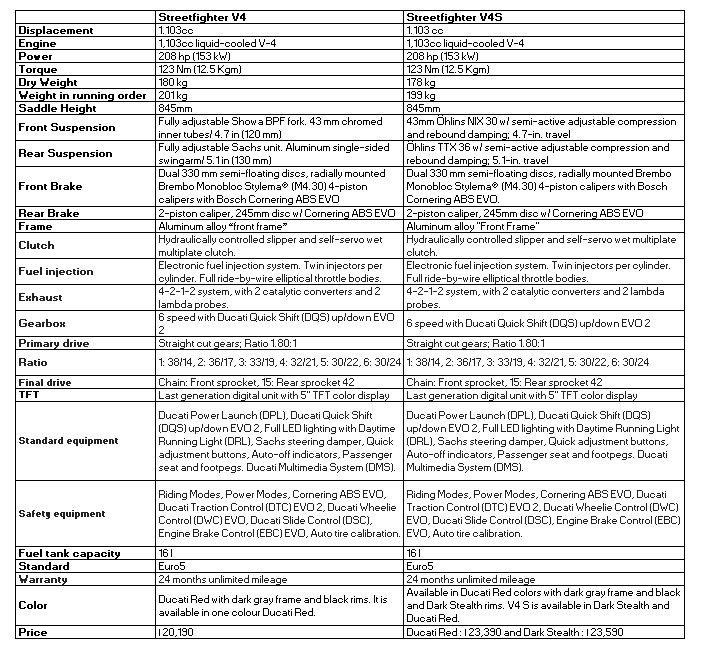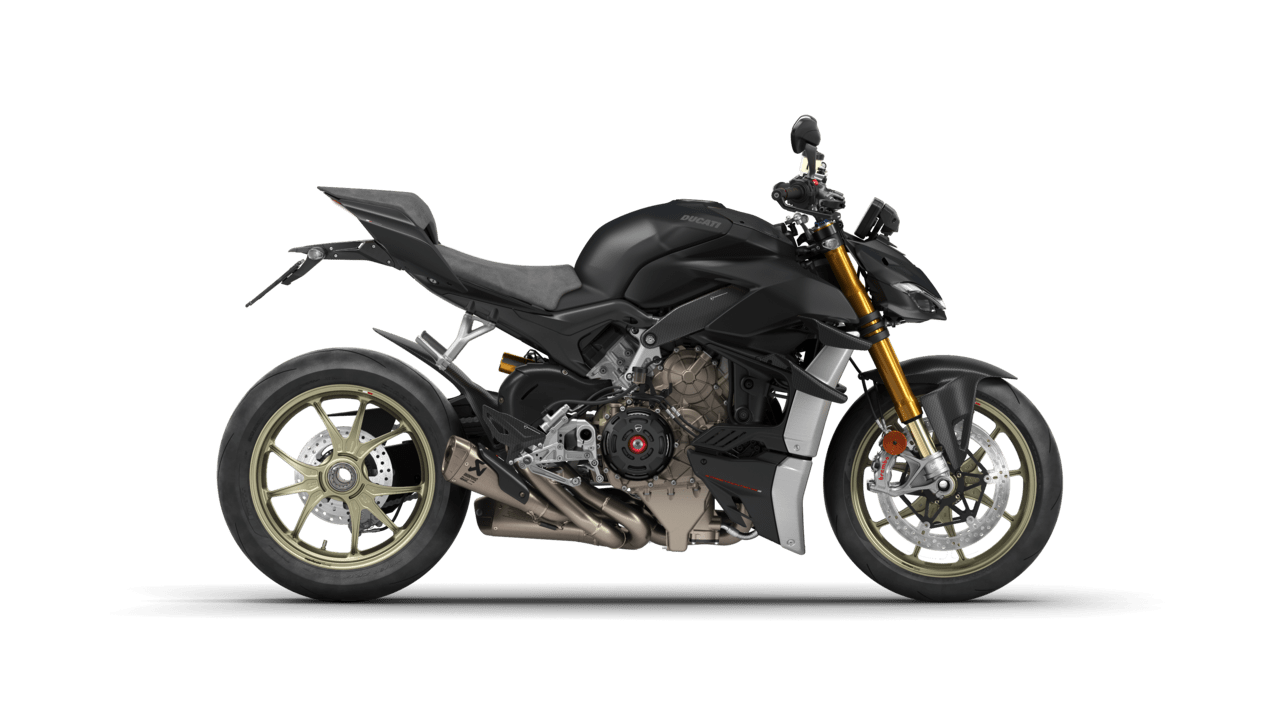Overview and History
Ducati started the production of its much ambitious 1099cc, Streetfighter in 2009. And Damien Basset was responsible for designing the first Ducati Streetfighter.
The 2009 Streetfighter made 155hp@ 9500 rpm (claimed) and 87.5 lb⋅ft (118.6 N⋅m)@ 9500 rpm.
- Ducati India dealership starts taking pre-orders for Streetfighter V4
- Yamaha Indonesia brings 2021 MT-25
- Top 6 naked essential bikes we wish to ride in 2021
- Behind the scenes of the 2021 Repsol Honda Team launch
While Ducati sold three different Streetfighter variants the
- Streetfighter 1099cc (2009 to 2011)
- Streetfighter S 1099cc ( 2009 to 2012) and
- Ducati Streetfighter 848 or 849cc (2011 to 2015)
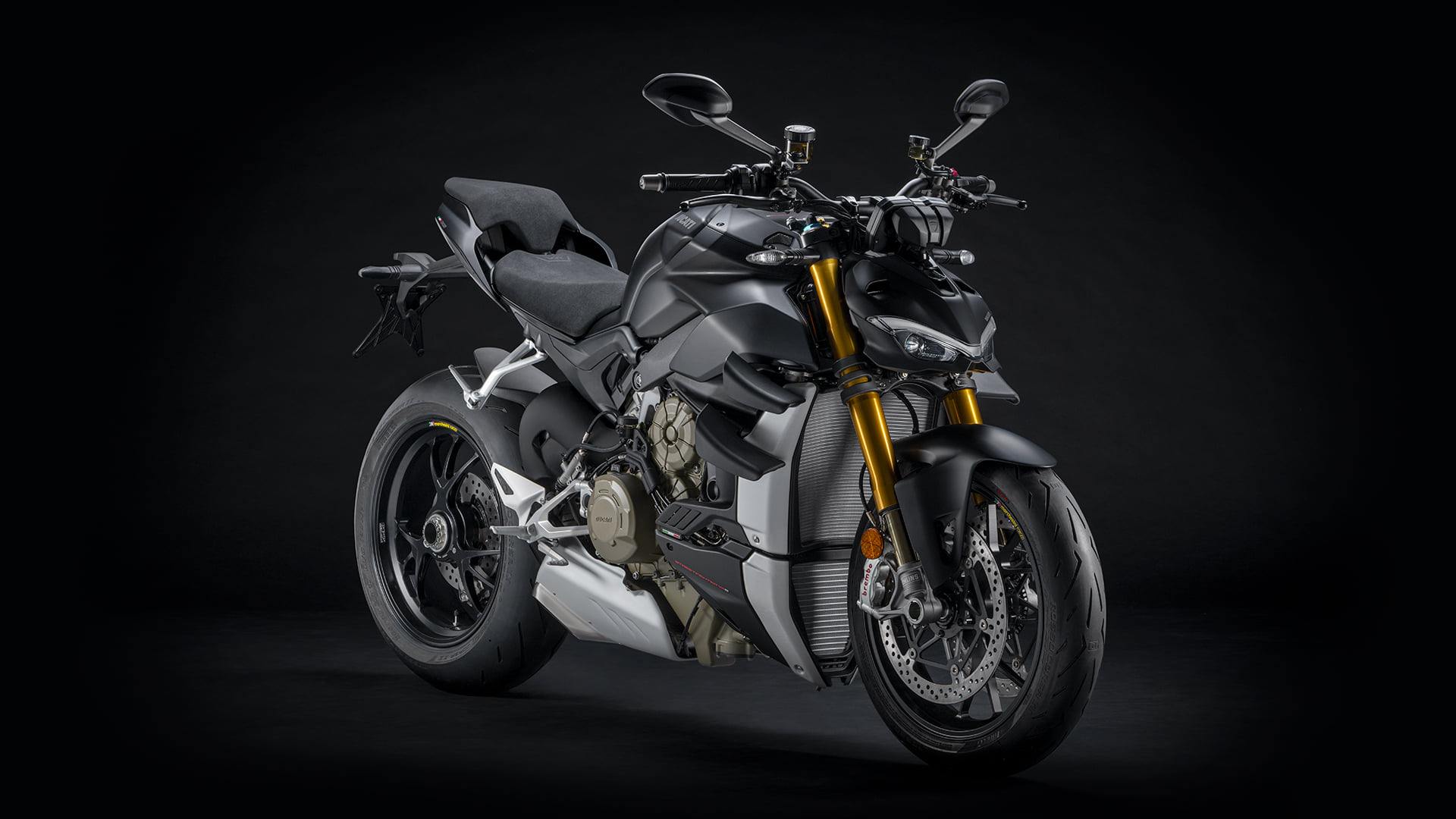
From 2009 to 2021, the Streetfighter has been through a significant overhaul from decreasing the displacement (849cc) to increase it to present 1103cc.
And the same goes for power. Ducati made sure the power went up from 155hp to 208hp.
Design too has been through significant overhaul the latest 2021 Ducati Streetfighter is the brainchild of designer Jérémy Faraud.
Ducati made the Streetfighter more competitive, and the latest iteration receives the Biplane wings, Panigale V4 electronic suite and more.
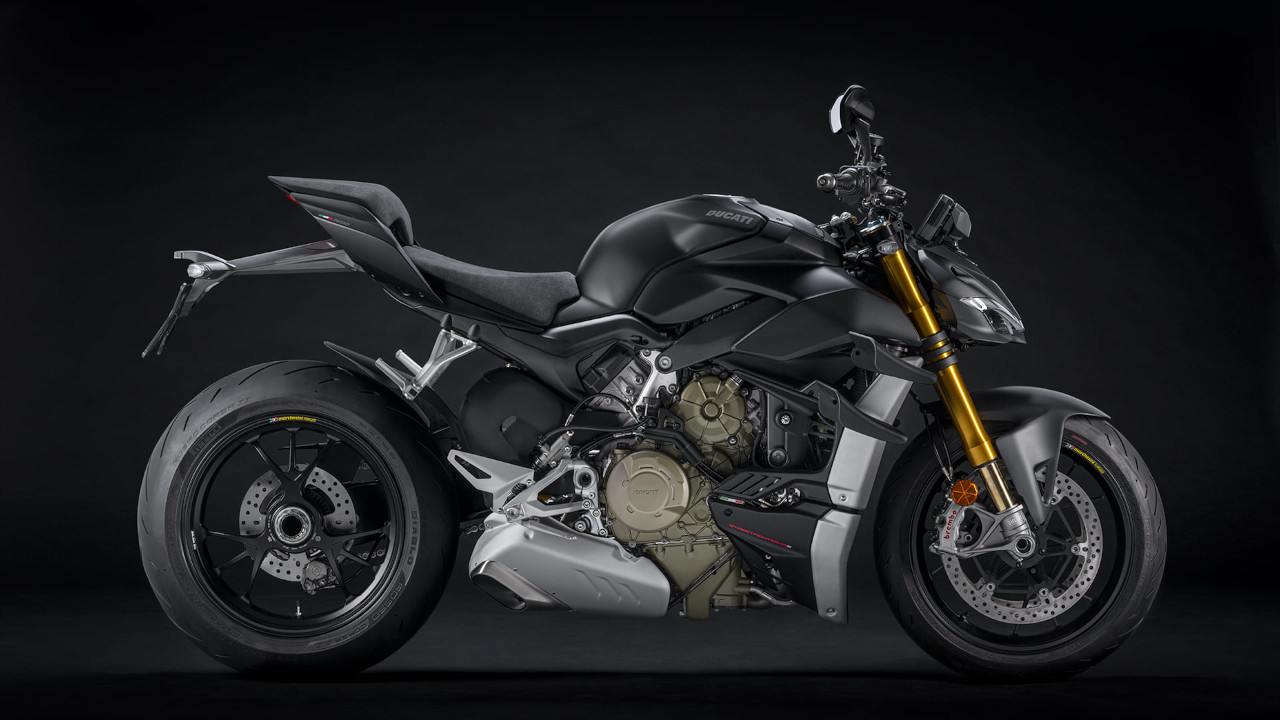
The Streetfighter V4 will be one of the stars of the Ducati World Premiere 2020,” declared Claudio Domenicali, CEO of Ducati.
“Streetfighter V4 is the Panigale for road riding, so there was no better stage than the Broadmoor Pikes Peak International Hill Climb for what will be the highest performance Streetfighter ever put into production.”
Our main objective is to talk about the main component, the Chassis of Streetfighter V4 and V4S.
What goes inside the chassis of Streetfighter V4 and V4S?
The new front frame takes inspiration from the MotoGP machine and wraps another critical component: the Desmosedici Stradale motor.
The front frame is agile, compact and light, weighs only 4 kgs and directly links with the engine.
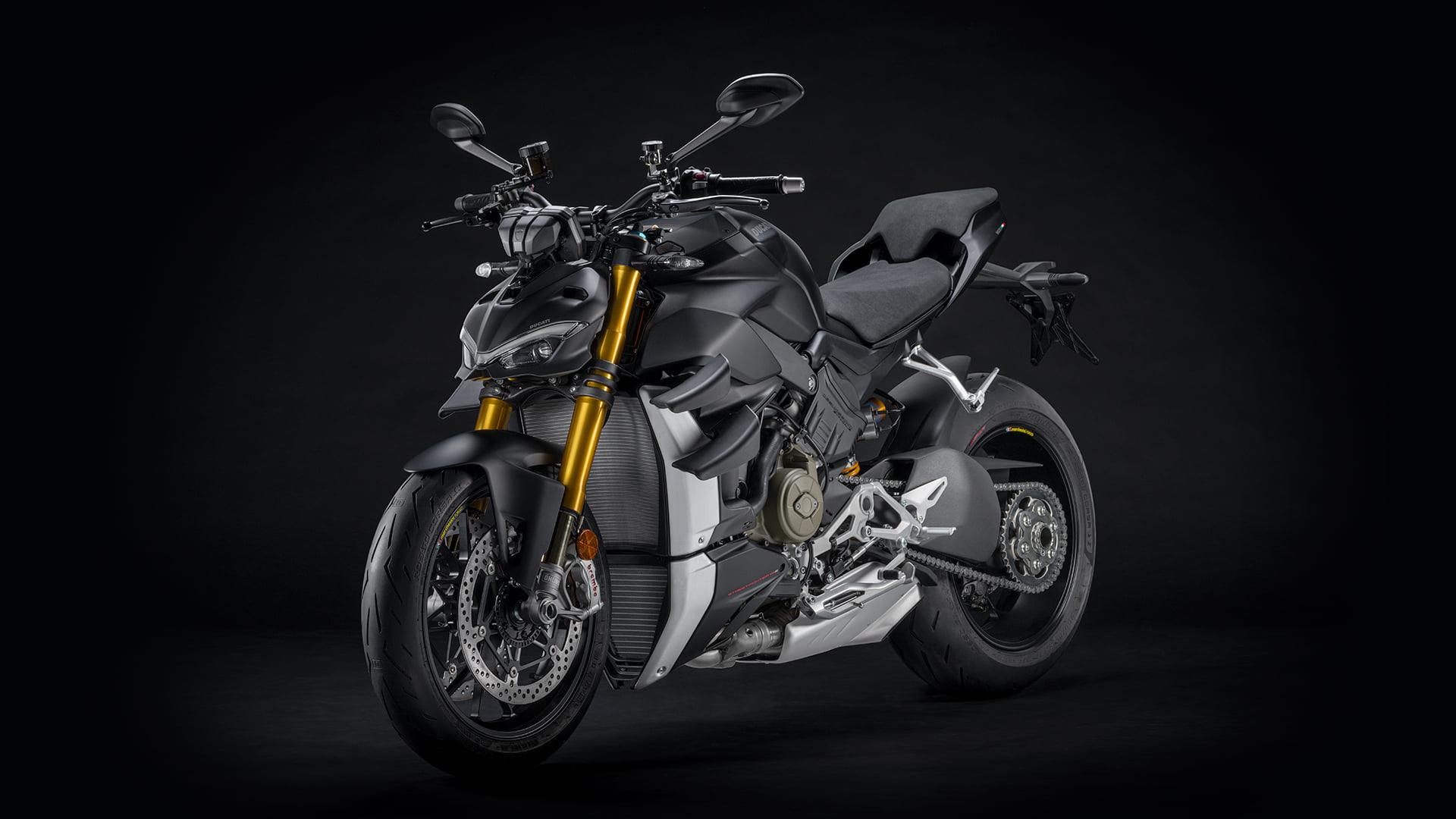
The frame has low stiffness due to the presence of two large side windows.
The inclination of the steering head is 24.5 °, while the trail is 100 mm.
This technology is used in super sports cars while it gets a long-wheelbase 1488mm compared to 1469mm.
It is due to the steering pin getting the advanced position and the aluminium swingarm getting elongated.
It just weighs 5 kgs. On the rear, we see the pivot. Ducati has put a new seat post called a trellis tube made up of steel instead of a die-cast aluminium structure.

It meets the broad and cosy saddle requirement and further meets the condition of the inertial platform found in super sports cars.
The 16-litre fuel tank comes with a 1.5mm thickness; however, Ducati has redesigned the rear.
The suspensions are Öhlins NIX-30 fork, Öhlins TTX36 rear shock absorber and Öhlins steering damper with the event-based control system.
The progressive linkage takes inspiration from the Desmosedici GP. It also features a 43mm diameter Showa Big Piston Fork (BPF) fully adjustable in hydraulic brake, compression and rebound, and spring preload.

And it helps to ease your handling, acceleration or if you apply brakes. It is so easy the rider only has to choose the correct option, whether it is the track, sport or road, via the dash.
The twin Brembo callipers perform braking duties has four 30mm diameter pistons working on 330mm diameter discs, providing exceptional braking power. While at the rear, we find a single 245 mm disc with a 2-piston calliper.
Further, it gets the Marchesini 3-spoke forged aluminium-alloy wheels.

The rims are fitted with Pirelli Diablo Rosso Corsa II tires, in sizes 120/70 ZR17 for the front and 200/60 ZR 17 for the rear.
The Fight Formula
Specs
